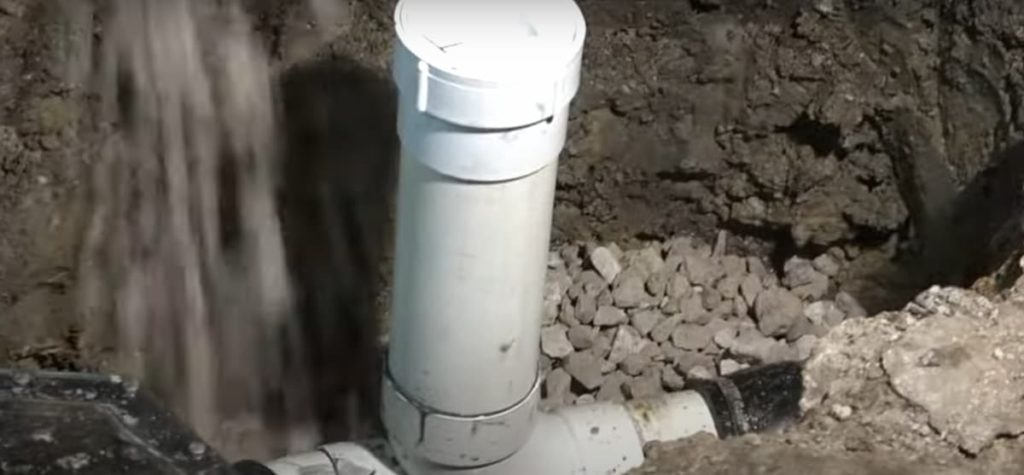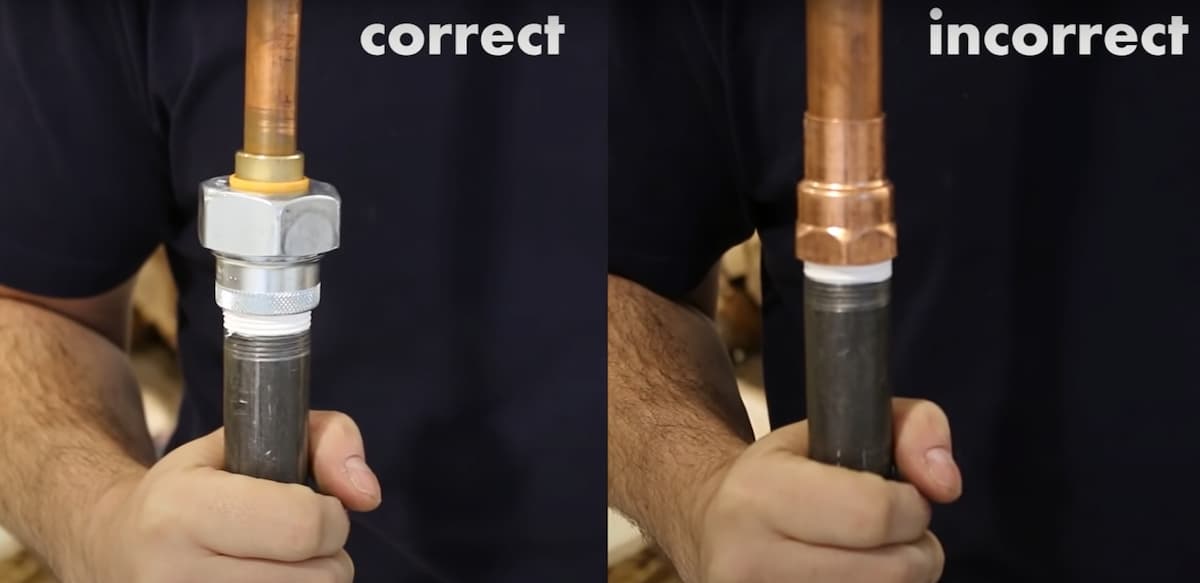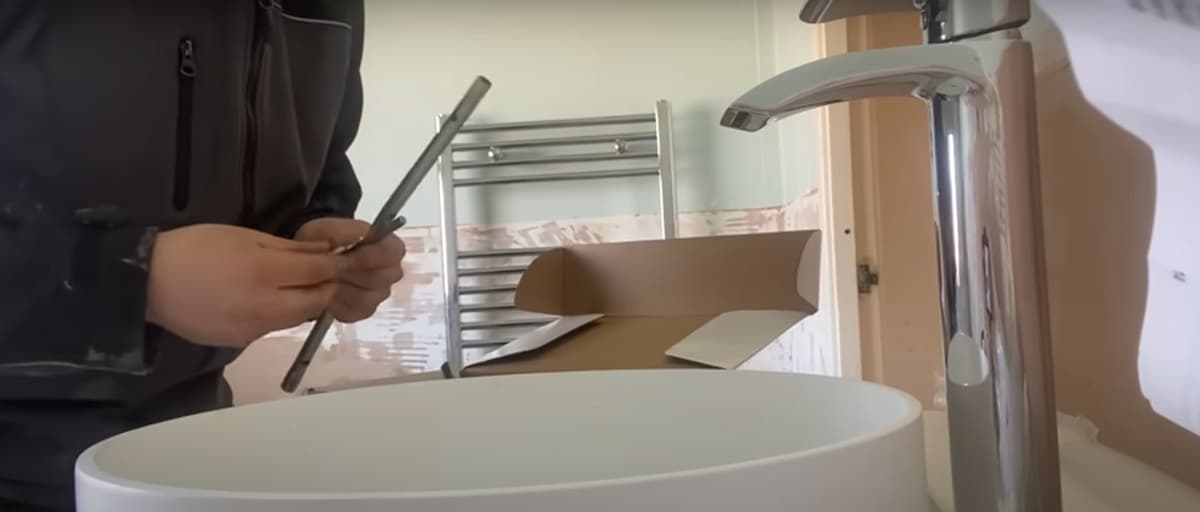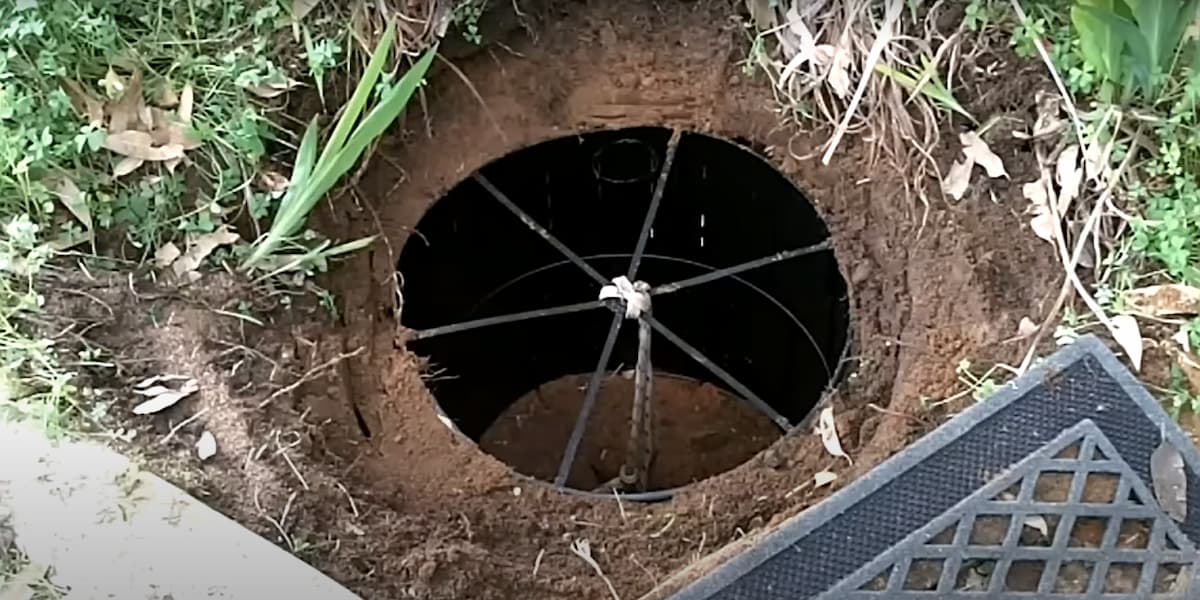A backwater valve is a device that helps prevent sewage from backing up into your home. It is installed in the main sewer line, just downstream from your home, and it works by preventing sewer gas and wastewater from flowing back into your home. Backwater valves are available in both mechanical and electronic models, and they come in a variety of shapes and sizes.
How Does a Backwater Valve Work?
Backwater valves work by using a one-way flap to seal off the flow of wastewater. When the valve is closed, it prevents any water or sewage from flowing back into your home. This can help prevent serious problems like sewage backups and flooding.
If you have a basement, or if your home is prone to flooding, then you may need a backwater valve. You could also consider installing a backwater valve if you live in an area that is known for severe weather events, such as flash flooding or snowstorms.
In most cases, a sewer line can become clogged due to too much grease or oil buildup. This is where the backwater valve really shines, as it may keep sewage from backing up into your home even if your sewer line becomes clogged.
What are The Benefits of a Backwater Valve?
Backwater valves are great because they can help prevent flooding and sewage backups. By installing one of these devices in your home’s main sewer line, you could save yourself time and money by avoiding expensive repairs or emergency work. A backwater valve may also qualify you for lower insurance premiums
If you live in an area with frequent storms, then you could strongly consider installing this device to avoid damage that could occur if the stormwater backs up into your home.
Backwater valves can help prevent flooding and sewage backups in your home. If you live in an area with frequent storms, then you could strongly consider installing this device to avoid damage that could occur if the stormwater backs up into your home.
What to Do when Something Goes Wrong with Backwater Valves?
If you have a correctly positioned and installed backwater valve, you shouldn’t run into many difficulties as long as you clean it properly. Things might get trapped, preventing the valve from shutting, or the valve may be damaged by sharp objects. Correct, routine maintenance can detect and resolve these problems before they become serious. Backwater valves are typically easy to access, and with a transparent top, you could be able to see if water is flowing freely or whether anything is stuck.
There are plenty of instructional films that may assist you in “doing it yourself,” or you may call a professional if the prospect of sticking your hand into a sewage pipe is not particularly appealing. If you try to clear a block on your own, use caution and carefully follow all directions, especially while wearing gloves.
When everything is in place, and the city sewer backs up due to major rain, your backwater valve may close, as it could. When that valve is shut, water can no longer flow out of your property. The water closet usually comes with an overflow tube. This is used to release excess water when your toilet is clogged, flooding the basin and possibly necessitating a repair or replacement. If you connect an oversize overflow tube directly into the mainline of your plumbing system without first turning off the main valve, you risk flooding your house during a major rainstorm or melting snow surge.

Floor Drain Connection to a Sanitary Sewer
This type of connection main could have a backwater valve installed to prevent sewage from flowing back into the building. One way to tell if you need a backwater valve on your foundation drain is to pour a gallon of water into the drain and then watch to see where it goes. If the water drains out before reaching the main, you’re good to go, but if the water flows back into your sink, you’ll need a sewer backwater valve.
You can install a backwater valve on most types of floor drains that are connected to the sanitary sewer, including those made from cast iron, plastic, or copper. It’s important that the drainage pipe slopes towards the main sewer system and that there is no blockage in either line. The installation process is relatively simple and can be done by a do-it-yourselfer, as long as you’re comfortable working with sewage.
A backwater valve is a fantastic method to safeguard your house from water and sewage backups. If you live in an area that is frequently hit by storms, you should seriously consider putting one of these in place to avoid property damage if the storm runoff floods your home.
Proper Maintenance of the Backwater Valve
Regular maintenance of the backwater valve and foundation drains is important to keep them operational. If you have a correctly positioned and installed backwater valve, you shouldn’t run into many difficulties as long as you clean it properly. Things might get trapped, preventing the valve from shutting, or the valve may be damaged by sharp objects. Correct, routine maintenance can detect and resolve these problems before they become serious. Backwater valves are typically easy to access, and with a transparent top, you could be able to see if water is flowing freely or whether anything is stuck.
There are plenty of instructional films that may assist you in “doing it yourself,” or you may call a professional if the prospect of sticking your hand into a sewage pipe is not particularly appealing. If you try to clear a block on your own, use caution and carefully follow all directions, especially while wearing gloves.
When everything is in place, and the city sewer lines back up due to major rain, your backwater valve may close, as it could. When that valve is shut, water can no longer flow out of your property. The water closet usually comes with an overflow tube. This is used to release excess water when your toilet is clogged, flooding the basin and possibly necessitating a repair or replacement. If you connect an oversize overflow tube directly into the mainline of your plumbing system without first turning off the main valve, you risk flooding your house during a major rainstorm or melting snow surge.
Installation of a Backwater Valve
If you connect an oversize overflow tube directly into the mainline of your plumbing system without first turning off the main valve, you risk flooding your house during a major rainstorm or melting snow surge. One way to tell if you need a backwater valve on your floor drain is to pour a few litres of water into the drain and then watch to see where it goes. If the water drains out before reaching the main, you’re good to go, but if the water flows back into your sink, you’ll need a backwater valve.
A backwater valve can be utilized on most floor drains connected to the sanitary sewer, including centre bosses, such as those made of cast iron, plastic, or copper. It’s important that the drainage pipe slope gradually toward the main sewage lateral system and that there isn’t a blockage in either line. The procedure is simple and may be done by a DIYer as long as they are comfortable with wastewater.
A backwater valve is an excellent method to safeguard your property from water and sewage backups. If you live in a flood-prone region, this gadget may be a smart investment to avoid property damage if the rainwater backs up into your home.
Installing a Backwater Valve Under the Basement Floor
There are a few different ways to a proper backwater valve installation, but the most common is under the basement floor. The process is relatively simple and can be completed in just a few hours with some basic tools. You’ll need to have a drainage pipe that slopes gently toward the main sewer system, and there shouldn’t be any blockages in either line.
The first step of the sewer lateral backwater valve installation is to measure and mark the location of the drainage pipe on the floor. Use a chisel and hammer to create an opening in the concrete, then use a jigsaw to cut around the edge of the hole. Next, use a screwdriver or drill to make a series of holes in the bottom of the pipe. These may allow you to connect it to the flange on the backwater valve.
Once the drainage pipe is in place, connect the flange to the valve and tighten the screws. Then, use a caulking gun to seal around the edge of the pipe. Finally, fill in the hole around the pipe with concrete and allow it to dry completely. If you’re not comfortable installing a backwater valve yourself, you can always call a professional to do it for you. But it’s important to take action and protect your own house from potential flooding from your sewer lateral.
What is a Sump Pump?
A sump pump is a system designed to remove excess water from your basement, foundation drain, crawl space, or any other part of your house. Usually, sump pumps are installed at the lowest point of the property, it may automatically activate during periods of excessive rainfall or melting snow. Depending on what you’re planning to use your sump pump for, there are several different options available.
To prevent flooding in basements and cellars, many homeowners install a sump pump with an alarm that sounds when the water level has risen too high. This type of system is primarily used to protect against moisture damage in homes that have finished basements but no exterior drainage outlets. There are also pumps that may eject standing water into the yard through a garden hose (a great option if you have a lower level that’s fully finished) and pumps designed to empty a small pond.





